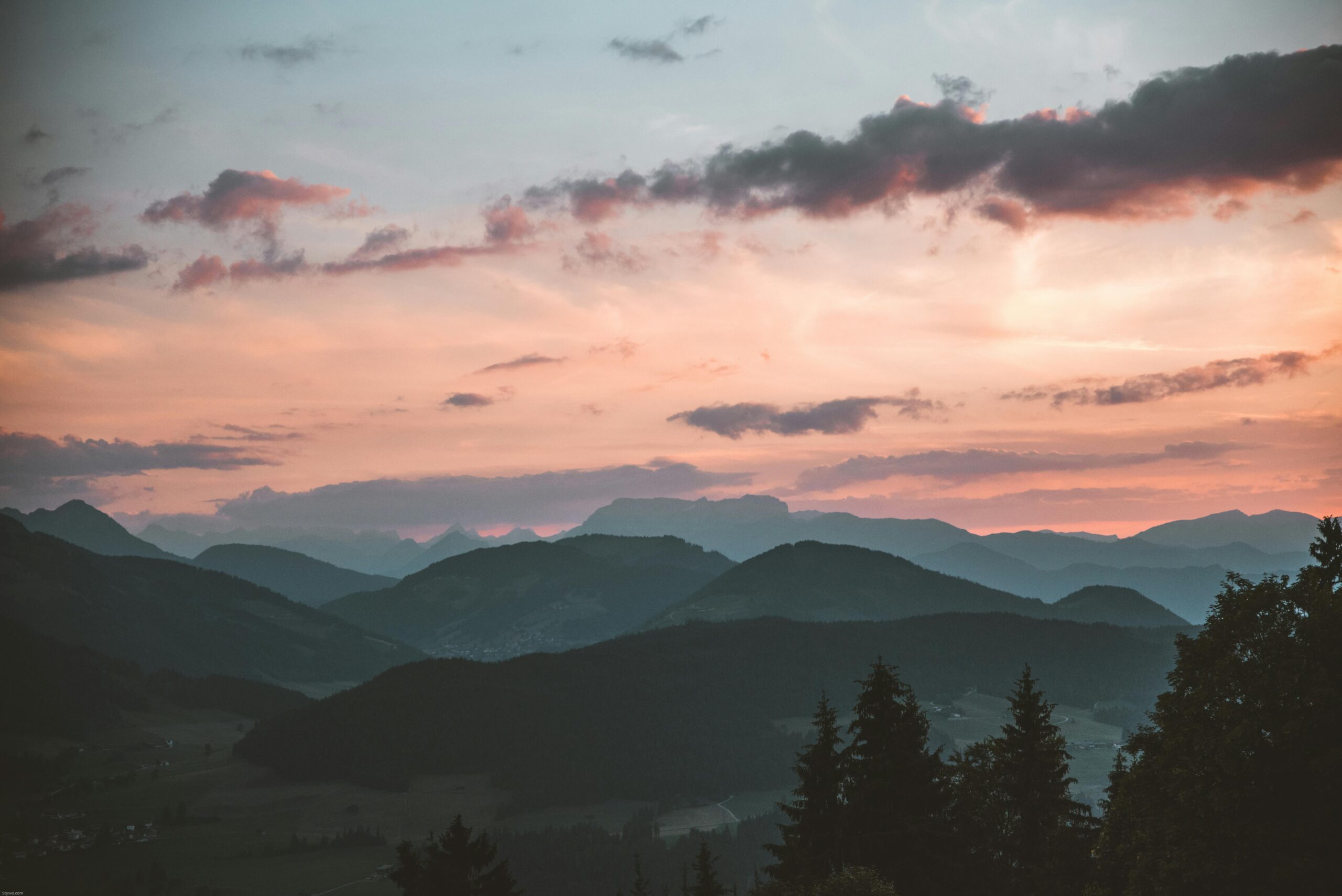The Allure of Mount Vesuvius: A Journey into History and Nature
Majestic yet menacing, Mount Vesuvius rises above the Bay of Naples like a guardian of ancient secrets. Its silhouette, often shrouded in mist, evokes tales of destruction and rebirth. This volcano is not merely a geological wonder—it is a living chronicle of nature’s volatile beauty. A visit here transcends the typical travel experience; it’s an odyssey through time where ash, lava, and legend intertwine.
Why Getting the Right Vesuv Ticket Matters for Your Trip
A Vesuv ticket is more than an entry pass—it’s your key to unlock an unforgettable encounter. Whether you’re venturing up the crater’s rim or pairing your visit with the ruins of Pompeii, having the right ticket ensures seamless exploration. With multiple options available, selecting wisely can mean the difference between a hurried visit and a truly immersive experience.
Understanding Mount Vesuvius
A Brief History of the Legendary Volcano
Mount Vesuvius is etched in history for the cataclysmic eruption of 79 AD that buried Pompeii and Herculaneum beneath pyroclastic fury. Yet, this event is but one chapter in its long volcanic saga. The mountain has erupted numerous times since, shaping both landscape and life. Today, it stands dormant but alive—an ever-watchful monument to nature’s capricious temperament.
Geological Wonders: The Science Behind Vesuvius’ Power
Beneath the surface lies a labyrinth of molten chambers and fissures. Vesuvius belongs to the Campanian volcanic arc, a region born from tectonic collision. Scientists monitor its subtle tremors and fumaroles with vigilance, deciphering the whispers of Earth’s inner core. Each puff of smoke, each seismic flutter, reminds visitors of the primal forces simmering below.
Cultural Impact: How Vesuvius Shaped Ancient and Modern Naples
From Roman poets to Renaissance painters, Vesuvius has inspired awe and dread alike. Its eruptions have not only sculpted the geography but also the collective psyche of southern Italy. The fertile volcanic soil nurtures vineyards and olive groves, while its looming presence fuels art, myth, and enterprise. Naples, in many ways, exists in dialogue with the volcano—forever revering, forever wary.
What Is a Vesuv Ticket?
Overview: What the Vesuv Ticket Includes
A Vesuv ticket typically grants access to Vesuvius National Park and the crater summit. Visitors can ascend the trail to peer into the smoldering abyss and gaze upon panoramic vistas of the Bay of Naples. Some tickets include shuttle services, guided commentary, and combined access to nearby archaeological wonders.
The Difference Between a Vesuv Ticket and a Pompeii Entry Ticket
While the Pompeii ticket allows you to explore the hauntingly preserved ruins of the ancient city, the Vesuv ticket leads you directly to the source of its demise. The former is a window into history; the latter, an ascent into nature’s heart. For a holistic experience, travelers often choose a combination that includes both.
Understanding Combined Tickets: Pompeii, Herculaneum, and Vesuvius
Combined tickets are designed for explorers who wish to embrace the full scope of the region’s heritage. They typically include entry to Mount Vesuvius, Pompeii, and Herculaneum—an itinerary that traces destruction, preservation, and endurance in one sweeping journey.
Types of Vesuv Tickets
Standard Entry Tickets: Access to the Crater and Trails
Ideal for independent travelers, the standard ticket allows full access to the walking paths and crater rim. It’s a self-guided adventure where you can linger at viewpoints and absorb the surreal silence of the summit.
Guided Tour Packages: Learn from Local Experts
Guided tours elevate the experience through rich storytelling. Expert volcanologists and local historians weave science and legend together, painting vivid portraits of ancient life and geological evolution.
Shuttle and Transport Tickets: Getting to the Summit with Ease
The journey to Vesuvius can be steep and winding. Shuttle-inclusive tickets remove the hassle of navigating narrow roads, offering direct transport from Pompeii, Ercolano, or Naples to the upper trailhead.
Combo Deals: Vesuvius and Archaeological Site Passes
These packages are perfect for those with a penchant for history. They offer discounted access to Vesuvius along with Pompeii or Herculaneum, saving both time and money while ensuring a complete narrative of the eruption’s legacy.
Skip-the-Line Options: Maximizing Your Time
Time is precious, especially during high tourist seasons. Skip-the-line tickets guarantee fast entry, letting you bypass long queues and spend more moments savoring the view from the crater.
Where to Buy Vesuv Tickets
Official Websites and Government Portals
The most secure option is to purchase tickets through official government or park-operated websites. These platforms provide real-time availability, transparent pricing, and essential visitor updates.
Trusted Third-Party Vendors and Tour Operators
Reputable travel agencies and tour platforms often bundle Vesuv tickets with transportation and guided tours, offering convenience for those who prefer prearranged itineraries.
On-Site Purchase: Pros and Cons of Buying at the Entrance
Buying on location may appeal to spontaneous travelers, but it carries risks—limited availability, longer queues, and higher prices. Online booking is generally advised to avoid disappointment.
Avoiding Scams and Overpriced Offers
Tourist-heavy zones can attract opportunists. Always verify that your ticket comes from an authorized source and check reviews before making payments.
Ticket Prices and Discounts
Standard Pricing for Adults and Children
Adult tickets typically range between €10–€15, while children and EU residents under 25 may enjoy reduced rates. Prices can fluctuate slightly based on season and inclusions.
Seasonal Variations and Peak Season Costs
During summer, demand surges, leading to potential price increases. Booking early helps secure preferred times and rates.
Student, Senior, and Group Discounts
Universities, educational groups, and senior travelers often benefit from special discounts. Group packages can include guided tours at no additional cost.
Free Entry Days and Special Promotions
Occasionally, the park offers free or reduced entry during environmental or cultural festivals—a perfect time for budget travelers to visit.
Best Time to Visit Mount Vesuvius
Ideal Months for Clear Views and Mild Weather
April to October offers the most pleasant climate, with crisp visibility of Naples and the coastline. Early spring and late autumn provide fewer crowds and cooler temperatures.
Morning vs. Afternoon Visits: Which Is Better?
Morning visits capture softer light and tranquility before tour buses arrive. Afternoons, however, can unveil golden-hour vistas that ignite the crater in amber hues.
Understanding Weather Conditions and Safety Precautions
Weather atop Vesuvius can change rapidly. Always check forecasts and heed park advisories before setting out—safety on the slopes is paramount.
How to Get to Mount Vesuvius
Traveling from Naples: Train, Bus, and Car Options
From Naples, take the Circumvesuviana train to Ercolano or Pompeii, then connect via shuttle or taxi to the park entrance. Driving is also possible, with scenic routes offering glimpses of vineyards and coastal towns.
From Pompeii or Herculaneum: Easiest Routes to the Crater
Both ancient cities serve as gateways to Vesuvius. Shuttle services operate daily, providing direct transport to the crater path.
Parking Facilities and Accessibility Information
Parking is available near the ticket office, though limited during peak hours. For visitors with reduced mobility, certain viewing areas and vehicles are equipped with accessibility features.
What to Expect During Your Visit
The Trail Experience: Hiking to the Crater Rim
The hike, though moderate, is steep and dusty. Each step ascends through volcanic soil until the colossal crater unveils itself—a vast amphitheater of stone and smoke.
Safety Rules and Visitor Guidelines
Stay on designated trails, avoid loose rocks, and respect safety barriers. Smoking and littering are strictly prohibited to protect the fragile environment.
What You’ll See from the Top: The Panoramic View of the Bay of Naples
From the summit, the world seems suspended—Naples, Capri, and the Sorrentine Peninsula spread beneath like a painter’s canvas.
Local Guides and Educational Displays
Informative boards and local experts enrich the experience, detailing the volcano’s anatomy and its explosive history.
Essential Tips for Visitors
What to Wear and Bring: Footwear, Water, and Sun Protection
Comfortable hiking shoes, layered clothing, and sun protection are essential. Carry water; the sun can be relentless even at altitude.
How to Prepare for the Altitude and Terrain
While not extreme, the elevation can be taxing for some. Take short rests, and pace yourself during the ascent.
Dealing with Weather Changes at Higher Elevations
A clear morning can swiftly transform into mist or rain. Keep a light jacket or poncho handy.
Exploring the Vesuvius National Park
Flora and Fauna Unique to the Volcanic Landscape
Vesuvius’ terrain hosts resilient plant species—broom, oak, and wild orchids flourish in the mineral-rich soil. Birds of prey and small mammals inhabit its slopes, adding vibrancy to the stark terrain.
Conservation Efforts and Eco-Friendly Tourism
The park emphasizes sustainability through guided eco-routes, waste management, and education programs to preserve its biodiversity.
Hidden Trails and Less-Known Viewpoints
Beyond the main crater trail, quieter paths reveal lava fields, forested groves, and ancient shelters used by early settlers.
Combining Your Visit: Pompeii and Herculaneum
How to Use Your Vesuv Ticket for Archaeological Sites
Combo tickets simplify exploration by granting entry to both Vesuvius and its sister ruins. Plan wisely to make the most of each site.
Suggested Itineraries: One-Day and Two-Day Options
For day-trippers, a morning hike followed by an afternoon in Pompeii works seamlessly. Multi-day travelers can explore Herculaneum and enjoy leisurely vineyard visits.
Guided Archaeological Tours: Bringing Ancient Rome to Life
Knowledgeable guides recreate daily Roman life, offering fascinating insights into architecture, art, and the fateful eruption.
Dining and Refreshment Options
Restaurants and Cafés Near Vesuvius National Park
Local eateries serve authentic Neapolitan fare—pizza, seafood, and lemon granita to revive weary climbers.
Local Dishes to Try After the Hike
Savor regional delicacies like spaghetti alle vongole and buffalo mozzarella, paired perfectly with volcanic wines.
Wine Tours on the Slopes: Tasting Lacryma Christi del Vesuvio
The fertile soil yields the famed “Tears of Christ” wine, its deep flavor a testament to the volcano’s generosity.
Accommodation Near Mount Vesuvius
Best Hotels and Guesthouses in Ercolano and Pompeii
Boutique hotels and heritage villas offer comfort with breathtaking views of the mountain and sea.
Eco-Lodges and Boutique Stays on the Volcano’s Slopes
Sustainable lodgings integrate local materials and eco-conscious amenities, perfect for nature enthusiasts.
Budget Options for Backpackers and Day-Trippers
Hostels and affordable B&Bs in nearby towns provide convenient bases for short stays.
Photography and Souvenir Tips
Best Spots for Iconic Photos
Capture the crater from the western ridge at sunrise for ethereal lighting. The Bay of Naples backdrop enhances every frame.
Capturing the Crater and Coastal Views
A wide-angle lens is ideal for encompassing the immense caldera and the shimmering coastline below.
Authentic Souvenirs to Remember Your Visit
Seek hand-crafted ceramics, volcanic stone jewelry, or bottles of Vesuvian wine—genuine tokens of your adventure.
Travel Safety and Regulations
Entry Restrictions and Visitor Age Limits
While open to most visitors, certain steep trails may not suit small children or those with mobility issues.
Current Safety Measures and Monitoring Systems
Scientists continuously monitor volcanic activity, ensuring real-time alerts and visitor safety protocols.
What to Do in Case of Unexpected Weather or Closure
If access is suspended, ticket holders are typically entitled to rescheduling or partial refunds through official vendors.
Sustainability and Responsible Tourism
How Ticket Sales Support Conservation Efforts
A portion of proceeds funds environmental protection, restoration, and scientific monitoring within the park.
Reducing Environmental Impact as a Visitor
Travel light, stay on paths, and respect wildlife. Small actions sustain this ancient ecosystem for generations.
Supporting Local Communities and Businesses
Opt for locally owned tours, eateries, and crafts to nurture the surrounding economy.
Frequently Asked Questions about Vesuv Tickets
Are Tickets Refundable or Changeable?
Most online tickets offer flexible rescheduling in case of weather closures, though refund policies vary by vendor.
Can You Visit Without a Guided Tour?
Yes, solo exploration is allowed, but guided options offer richer context and safety insight.
How Much Time Should You Plan for the Visit?
Allocate at least two hours for the ascent and crater exploration; more if you linger for photos or rest stops.
Conclusion
Why Visiting Vesuvius Is More Than Just a Trip—It’s a Journey Through Time
Standing atop Vesuvius is a meditation on impermanence. The wind carries whispers of history, and the land beneath recalls both ruin and renewal. It’s an encounter that humbles and exhilarates all at once.
Final Tips for Making the Most of Your Vesuv Ticket Experience
Book early, travel light, and allow yourself to wander—Vesuvius rewards those who approach with curiosity and respect.
Additional Resources
Official Websites and Visitor Information Links
Consult the official Parco Nazionale del Vesuvio and Pompeii Archaeological Park websites for updated hours and safety notices.
Local Emergency Contacts and Transport Info
Emergency services: 112. Local tourist helplines and transport details are available at major stations and visitor centers.
Recommended Reading Before You Go
Consider works like The Last Days of Pompeii by Edward Bulwer-Lytton or modern geological studies on Vesuvius for deeper appreciation before your ascent.




